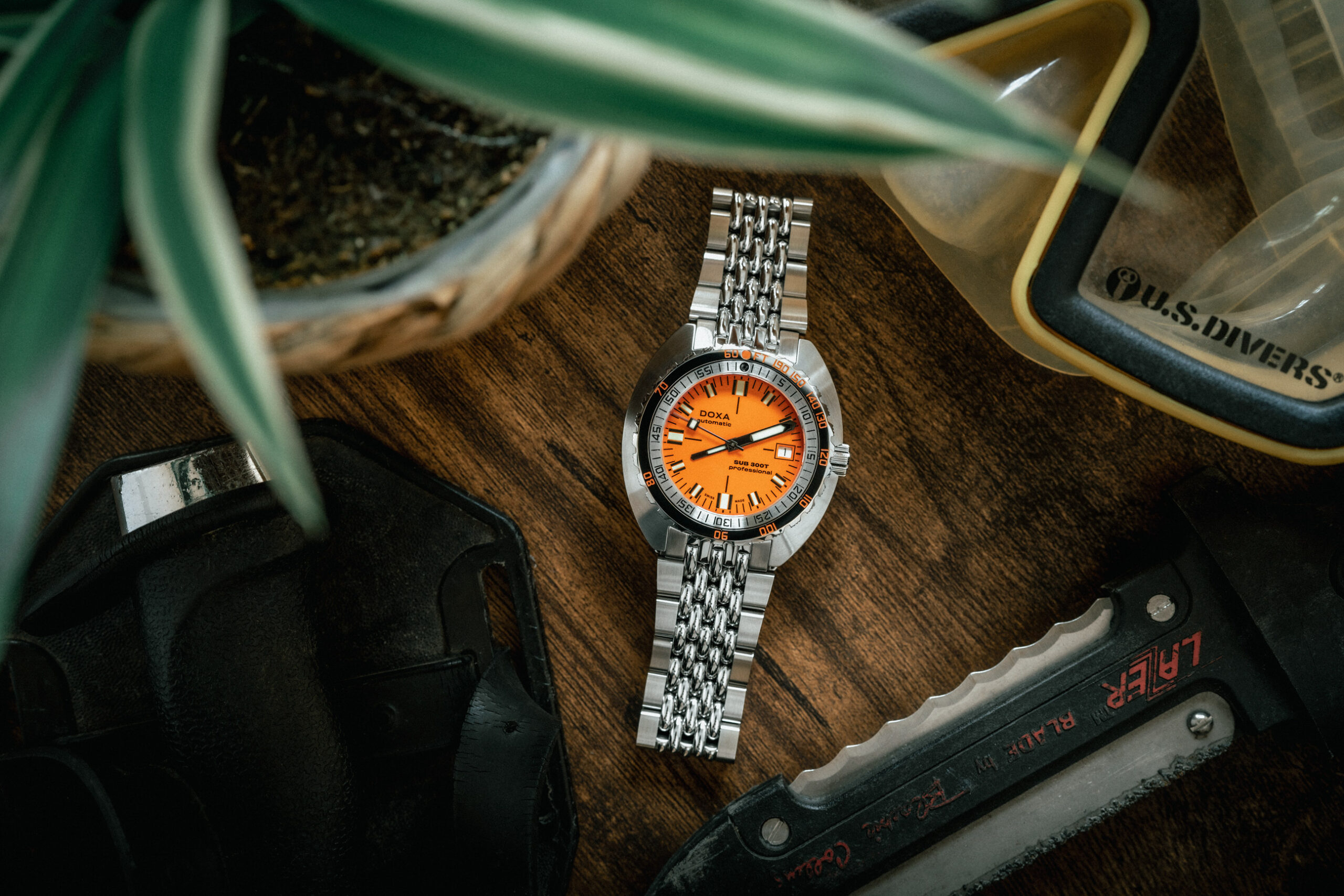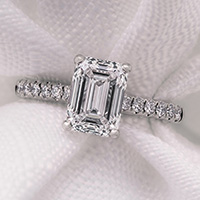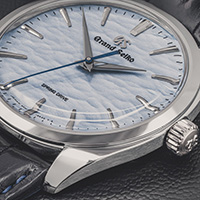Why Everyone Loves DOXA Right Now
And why you most likely will as well.
DOXA is somewhat of a charmer within its price category and the diving watch scene as a whole. Turn up to your local watch meet-up, or even just log in to social media and explore #watchphotography, and you’ll be met by a growing presence of DOXA watches staring back at you. With boldly presented dials, robust build quality, and a refreshing lack of ‘me too’, it’s easy to see why more and more people find the pull of a DOXA too tempting to resist. But this watch manufacturer has one more thing going for it: legacy, with the way it extracts this heritage making them a noteworthy player deserving of a closer look. Keep on reading, and that’s precisely what I have in store for you over the next few paragraphs – lucky you.
To fully understand DOXA is to comprehend the lineage and landscape of the diving watch in tandem with the underwater exploration phenomenon of the mid-20th century. See, despite DOXA having a history stretching back to the 19th century with numerous accomplishments under its belt, the birth of the diving watches on a commercial scale was truly where DOXA sharpened its blades, honed its skills and found its place.

The history of DOXA Watches
The DOXA name dates back to 1889 and to Georges Ducommun founding the brand in Le Locle, Switzerland. Their first noteworthy development was the eight-day watch movement of 1908. Considerably larger than pocket watches at the time, this movement was a popular choice for many vehicles of the era, including being fitted on the dashboard of Bugatti racers as well as finding its way into the cockpit of small aeroplanes. Then under the leadership of Jacques Nardin (yes, that name is familiar, as Jacques was the grandson of none other than Ulysse Nardin), DOXA also had another significant development during the 1940s, as it developed mechanical chronographs.

When the 1950s came along, the explosive interest in underwater exploration followed. It wasn’t long before the likes of Rolex, Blancpain, and OMEGA released models to meet the growing demand and interest in diving. By the time the 1960s had ticked over, the democratization of SCUBA diving was in full swing, and more commercial-friendly diving watches from the likes of Zodiac and Bulova were proving popular choices for many. With a flourishing interest in the world’s oceans, professional diving watches were established as hot property, and in 1967, DOXA released a timepiece that would go on to shape the trajectory of the watch brand for decades to come: the SUB 300.

When it came to purpose-built diving watches, the SUB 300 was right up there, with features and design choices specifically selected with sub-aquatic adventure in mind. The dial had large furniture, a bold handset that had a clear preference for the minutes and seconds rather than the hours, and the orange dial believed to be extra readable the deeper you descend, legibility was the name of the game. Comfort was also a critical element, with the watch sitting in an expansive yet very flat cushion-shaped case, and its clasp was fitted with a spring-loaded diver’s extension. Furthermore, the SUB 300 had one up on all of the other popular diving watches at the time in the form of its bezel, which cleverly integrated the standard elapsed time scale and the United States Navy No-Decompression dive chart. DOXA doesn’t just have the build quality of the SUB 300 to thank for its success, as diving legend Jacques-Yves Cousteau was regularly seen donning the orange dial on his subaqueous adventures.
The SUB 300 was very much the springboard DOXA harnessed to shape the future of the brand’s catalogue, with references channelling the same level of dedication and purpose following suit in the 1970s and 1980s. Fortunately for us, 21st-century DOXA is currently operating in the same manner while reaping the benefits of modern-day technology, materials, and finishing. The result is a modern lineup that effectively captures those pioneering models' spirit without compromise. Let’s dive a little deeper (couldn’t resist) and explore what DOXA has up its sleeve today.

The DOXA Collection
SUB 300
The one that started it all, the grandfather of everything great about DOXA, the SUB 300 exists in its purest form today, and thank goodness it does. Often – no, almost always – we want a watch brand to offer their hits with unapologetic accuracy, and that’s precisely what we get with the SUB 300. Powered by a Swiss COSC-certified movement, this 300m water resistance Swiss-made diver is everything a DOXA should be: well built, reliable, and functional as hell. This modern execution of the cult classic is the same fit as the OG and is available with the orange dial, a bright yellow dial, blue dial, dark navy, black, and sunburst silver. Each colour comes with names as expressive as its appearance: Divingstar, Aquamarine, Sharkhunter, Caribbean, and Scrambler, respectively. Strap in and get used to seeing these names, as their ubiquitous whimsicality isn’t going anywhere as we continue through the modern line-up.

SUB 300 Carbon
Remember I mentioned how 21-century DOXA is able to harness modern tech and materials in their watches? Well, the SUB 300 Carbon is the first evidence of that. Here we find a unique take on the legendary model, now using forged carbon for its cushion case, offering an ultra-lightweight wearing experience and an individual appearance nothing short of excellent. The SUB 300 was already a watch with a distinctive aesthetic in steel, so the fact they have produced it in an always sexy forged carbon and made it available on equally stylish rubber straps makes the 300 Carbon one of the coolest divers out there, and that’s a fact.

SUB 300T
To reference another leader in the diving watch scene, the 300T by DOXA is what the Rolex SeaDweller is to the Submariner. Similar in appearance and general function, the 300T takes the core spirit of the watch to new heights (I guess technically, that should be new depths) thanks to conscious upgrades. The SUB 300T Conquistador was launched in 1969 and was the first general public diver's watch equipped with a helium release valve – today, DOXA honours that achievement with a modern-day equivalent. Its a model which is very similar to the standard 300, but expect to find slight tweaking to the dimensions, a flat crystal for a non-distorted view of the dial, 1200m of water resistance compared to the SUB 300’s 300m, an automatic helium escape valve, and a change in bezel units to feet rather than metres.

Army
Towards the tail end of summer 2022, DOXA announced the return of a model that was initially made for the Swiss Army's Elite Diver's Unit and one with perhaps an even more die-hard fanbase than the 300 itself - the Army. Initially produced with oil-dipped cases creating a black case finish, the original Army models are seldom seen and demonstrate how the DOXA design language can be incredibly varied. Characterised by its beige dial featuring a tuxedo/bullseye-like configuration, chunky markers, hour and minute hands, as well as an orange-tipped triangle seconds hand with ‘army’ on the dial, this modern version of the mysterious original takes the enchanting nature of a DOXA up a gear. Available in either stainless steel with a black ceramic bezel or steel with a hunter-green bezel surrounded by bronze, for the history buffs out there or those after a DOXA with a little more of a versatile exploration feel to it, the Army is the only way to go. You can read our introducing article here.

SUB 600T
As time progressed into the 1970s and 1980s, so did DOXA’s portfolio of purpose-built diving watches. In the 1980s, DOXA was owned by the Aubry Frères company, and they released a newly imagined evolution of DOXA’s DNA in the shape of the 600T. The brand had transitioned away from the curvy and flowing lines of the 300 into chunky, weighty, and imposing pastures. Today the 600T emulates sports watches that have integrated bracelet designs while still carrying hallmarks of the DOXA brand. I won’t explore the 600T in too much detail today as that’s already been examined recently with the In-Depth article covering the piece right here. Just know that if the cushion case and more quintessential 1960s diving aesthetics of the SUB 300 didn’t quite do it for you, the youthful charisma of the SUB 600T might be more your cup of tea.

SUB 200
The SUB 200 of 2019 is the first DOXA in this breakdown that doesn’t harken back to a pre-existing reference but rather an era of diving watches. Similar to how Tudor approached the Black Bay 58, the SUB 200 is inspired by ‘traditional’ recreational diving watches with a focus on offering a new and exciting entry point into the DOXA world. This is achieved by a three-hander configuration, date window at three, chunky but much more restrained lumed baton hour markers, and a handset akin to the Oris Sixty-Five or the Zodiac Super Sea Wolf. Measuring 42mm in width with a rotating bezel, 200m of water resistance, twisted lugs, and the same ETA 2824-2 under the hood, this Swiss-made diver illustrates that conventional doesn’t translate to boring. Lustre is one thing it doesn’t lack, with its execution aligning neatly with DOXA’s design precedent to result in a watch with the right amount of nuance to evoke the golden era of diving watches.
Even DOXA’s use of white carrying the name ‘Whitepearl’ for their range arguably looks the most at home on the SUB 200.

SUB 200 C-Graph
One year after the SUB 200 debuted, DOXA expanded the line with the C-Graph, a complicated focused addition which blew the case size up to 45mm and the thickness to just over 17mm to make room for a chronograph movement inside. With 48 hours of power reserve, this automatic Swiss chronograph is a tri-compax take on a diving chronograph with 200m of water resistance. Its size is no slouch, and due to its multi-finished case and typical DOXA use of colours, there’s no possibility of forgetting which watch you strapped to your wrist for the day. Where this piece truly excels, though, is in its ability to straddle the line between diving instrument and versatile regular wearer. Sure, it's a watch with wrist presence equal to the likes of Panerai or Blancpain, but the considered selection of hands for its sub-registers, lume colour, and aforementioned finishing allow the piece to stand out just as much on solid ground as it does under the sea. Starting from right around £2,550, you’d be hard-pressed to find an automatic Swiss diving chronograph that ticks as many boxes as the SUB 200 C-Graph does.

SUB 1500T
Chances are, if you’ve made it this far, you’re pretty serious about DOXA, and I can’t leave you without hitting on the 1500T. Remember when we discussed the difference between the SUB 300 and the 300T? Well, channel that paragraph you read a few minutes earlier as the 1500T clocks in at 300m more badass than the 300T. Despite the slimness and even elegance of the SUB 300 being extremely alluring, sometimes you want a watch with a serious amount of heft to it, and the 1500T with every metre of its 1500m of water resistance, blocky case thickness, and wider five-link bracelet design is all about it. This is one of those diving watches that all the other water-resistant watches are scared of, as its toughness can withstand brutal use while simultaneously not compromising on the individual and charming appearance of a DOXA.

Learn more about DOXA here.
 Basket
Basket




 Back to top
Back to top 0141 221 5855
0141 221 5855 Send us an email
Send us an email






 Secure payment methods
Secure payment methods








